Specialty retailers have plenty of things to keep them up at night: rising rents, employee turnover and sales targets that need to be met. Unfortunately, the threat of theft is another reality that retailers must confront. And specialty retailers who sell from carts, kiosks and other retail merchandising units have special security challenges.
For starters, the vast majority of RMU-based operators don't have insurance against theft. "Maybe one percent take out insurance against theft," says Ylaena Jumper, who manages specialty leasing insurance program for Arizona Central Insurance (Tucson, AZ), which writes policies in all 50 states. "And those are usually the retailers who sell collectors' items, such as rare coins."
Because there are so few specialty retailers insured against theft, many thefts aren't reported, so there are no reliable statistics for how much money RMU-based operators lose to theft each year. Mike Boyd, president of Cart-King International (Vancouver, BC), which designs and manufactures carts and kiosks, estimates that RMU-based operators lose an average of three to five percent of total sales.
"You have to worry about security when you're there and when you're not there," says Boyd. During operating hours, one salesperson is often the only employee at the RMU, which means having to concentrate on both selling and guarding the merchandise. "Shoplifters have learned that if you're not watching, it's free shopping," says Tim Runner, president of Awesome Specialties International (Mission Viejo, CA), a wholesaler of toys, novelties and other products. "You have to set up your cart so that you can
see through to both sides," he says.
When a merchant is standing on one side of the RMU, there are blind spots on the other side, particularly down low. But there are ways to remedy this problem, according to Boyd. He suggests that retailers install security mirrors, angling them to make every spot on the RMU visible from cash the drawer location. Also, he says specialty retailers should arrange shelving to make certain theft-prone areas easier to monitor.
Runner recommends arranging displays so that items are hard to grab on the fly, and so missing merchandise is easier to notice. "Stack jars in a pyramid shape, so someone can only remove the one on top," he says. "So if it's missing, you can notice immediately."
In the house
Perhaps an even more daunting problem than occasional shoplifting is employee theft. "I have suspected employee theft on many occasions, but it's hard to prove," says Tony Espinosa, owner of Christmas Cove (Atlanta, GA), which sells personalized Christmas ornaments and accessories. "For somehigh-ticket categories like watches and sunglasses, which appeal to teenagers, there might be [even] more of a problem, " he says. Espinosa's company is equipped with a POS system that includes tight inventory controls, which he says "can go a long way in pinpointing the problem." Inventory control has its limits, however: sometimes it's impossible to know which employee might have the sticky fingers, he says. "Checking inventory at every shift change can be logistically impossible."
Read more in part 2 of this security article.
-
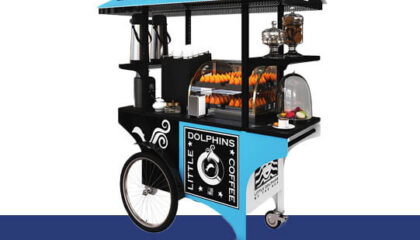 Read more +
September 13, 2024 By kingmike in Cart and Kiosk Articles
Read more +
September 13, 2024 By kingmike in Cart and Kiosk Articles
Simple Guide to Our Top Street Food Carts
-
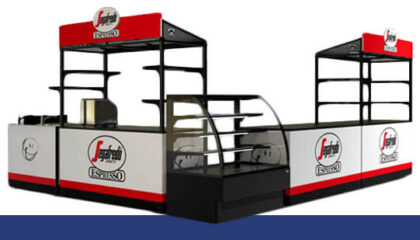 Read more +
June 3, 2024 By kingmike in Cart and Kiosk Articles
Read more +
June 3, 2024 By kingmike in Cart and Kiosk Articles
Buying a food cart in the US – What you need to know
-
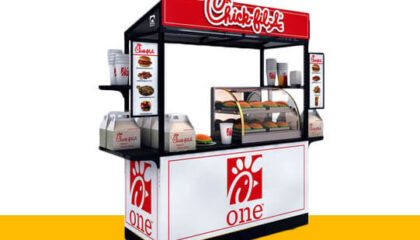 Read more +
May 8, 2024 By Cart King in Cart and Kiosk Articles
Read more +
May 8, 2024 By Cart King in Cart and Kiosk Articles
Food Cart Menu Ideas
-
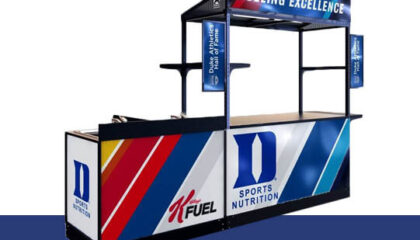 Read more +
May 3, 2024 By Cart King in Cart and Kiosk Articles
Read more +
May 3, 2024 By Cart King in Cart and Kiosk Articles
How to Start a Food Cart Business
-
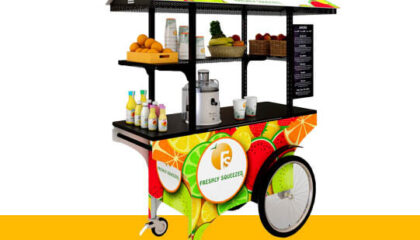 Read more +
April 24, 2024 By Cart King in Cart and Kiosk Articles
Read more +
April 24, 2024 By Cart King in Cart and Kiosk Articles
How to Increase Food Cart Sales: A Complete Guide
-
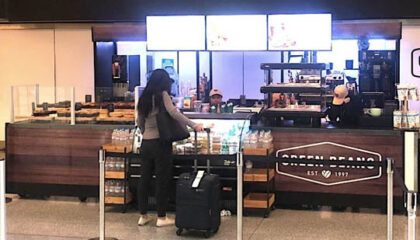 Read more +
April 9, 2024 By Cart King in Cart and Kiosk Articles
Read more +
April 9, 2024 By Cart King in Cart and Kiosk Articles
Food Cart Business Locations
-
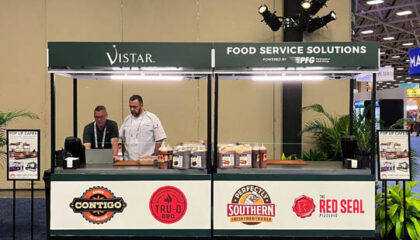 Read more +
By Cart King in Cart and Kiosk Articles
Read more +
By Cart King in Cart and Kiosk Articles
Tips for Designing your Trade Show Kiosk
-
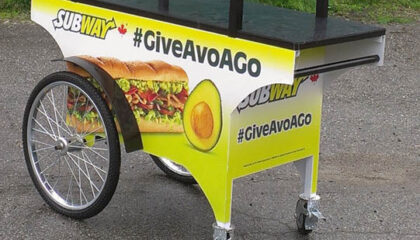 Read more +
April 8, 2024 By Cart King in Cart and Kiosk Articles
Read more +
April 8, 2024 By Cart King in Cart and Kiosk Articles
Social Media Marketing for Your Food Cart Business
-
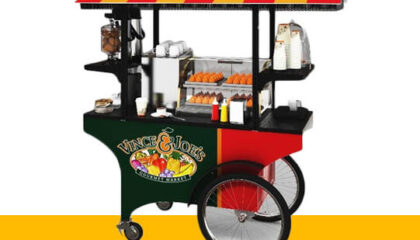 Read more +
April 6, 2024 By Cart King in Cart and Kiosk Articles
Read more +
April 6, 2024 By Cart King in Cart and Kiosk Articles
Push Carts: Some Ideas on Location
-
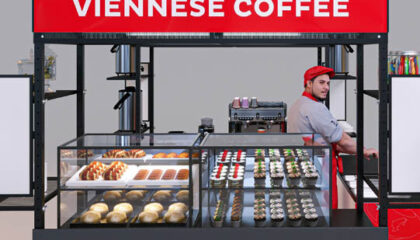 Read more +
April 2, 2024 By Cart King in Cart and Kiosk Articles
Read more +
April 2, 2024 By Cart King in Cart and Kiosk Articles
Coffee Cart Vendor

